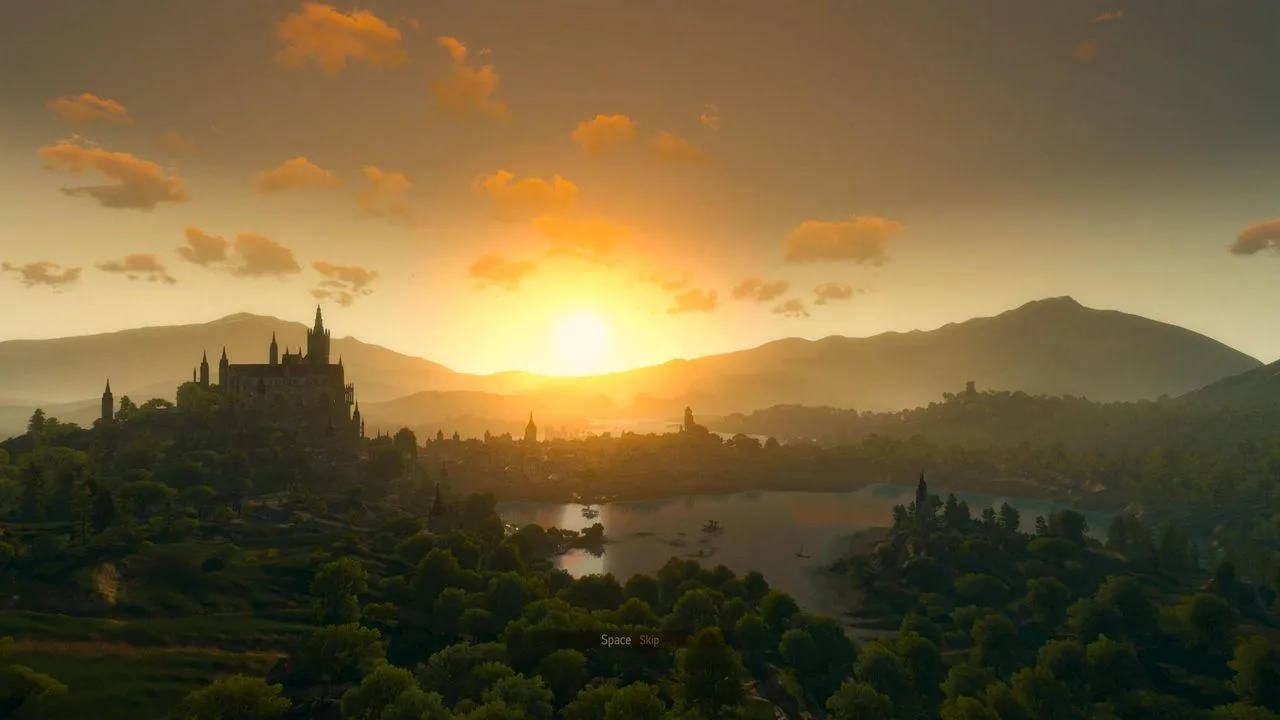
The Witcher 3: Blood and Wine – A Stunning Farewell to a Legendary Series
Contents
The Witcher series is renowned for its dark, gritty portrayal of a medieval world. From large-scale wars between nations to tragic interpersonal conflicts fueled by hatred, the games create a vivid, brutal world that leaves a lasting impression. However, with The Witcher 3: Wild Hunt – Blood and Wine, the final DLC, CD PROJEKT RED offers a surprising and impressive departure, providing a dreamlike conclusion to Geralt’s adventures. This review explores how Blood and Wine captivates players with its unique charm and substantial content.
 Geralt in Toussaint
Geralt in Toussaint
A Vibrant Contrast to the Witcher’s Traditional World
Stepping into Toussaint is a breathtaking experience. The land, famed for its vineyards, exudes an unexpected beauty and prosperity, a stark contrast to the grim landscapes of the main game. Gone are the battle-scarred wastelands and the pervasive prejudice; instead, Toussaint presents a natural, peaceful atmosphere—a rare luxury in the Witcher universe.
This contrast creates a refreshing new atmosphere. Players can lose themselves for hours admiring the serene vineyards and the majestic royal palace perched atop a hill. This striking difference extends beyond the scenery, influencing the refined manners, gestures, and actions of Toussaint’s inhabitants.
Despite its vibrant new setting, Blood and Wine retains the core elements that define the Witcher series. Tragic consequences of past mistakes and the suffering of those caught in intricate conspiracies still linger beneath the surface. Through Geralt’s cynical lens, players uncover the secrets hidden beneath Toussaint’s glamorous facade.
The quests themselves are cleverly designed to showcase Toussaint’s unique character. From main quests to side quests and even random encounters, everything reflects the region’s distinct identity. While Geralt still hunts monsters and solves mysteries, the types of creatures, locations, and motivations are all different from the base game. The side quests, in particular, provide a detailed glimpse into Toussaint’s culture, traditions, and people.
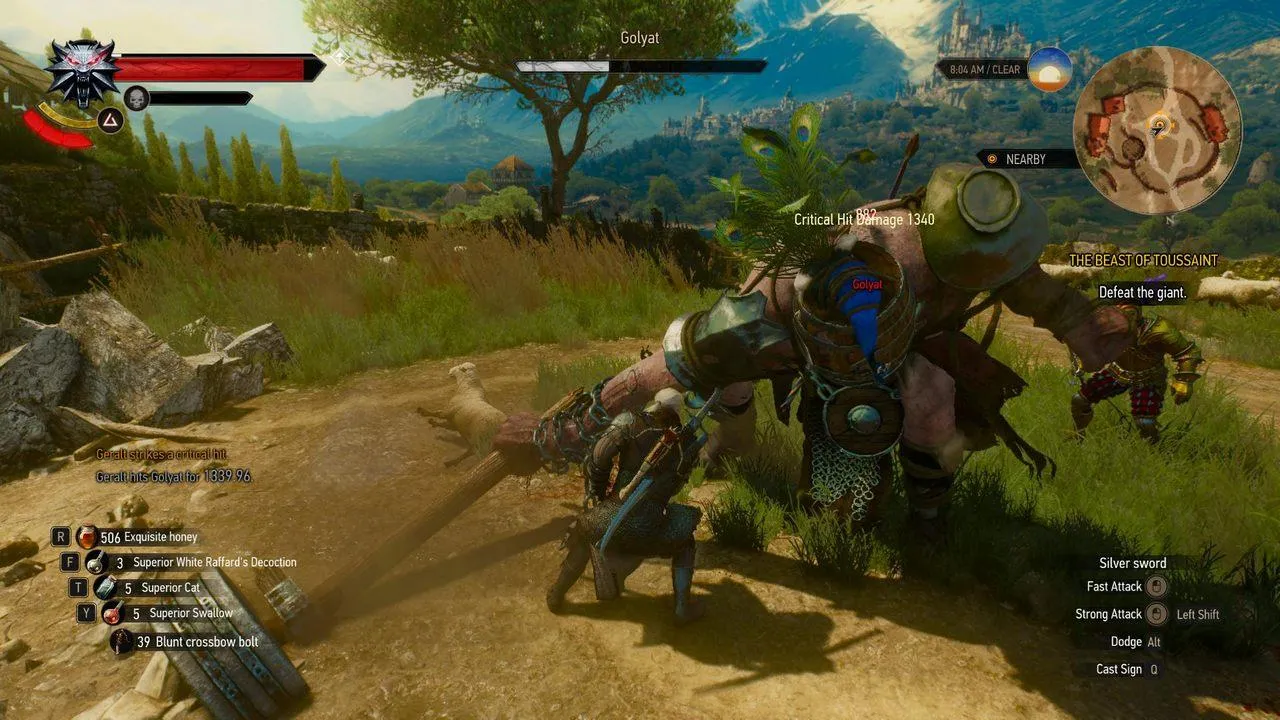 Toussaint Scenery
Toussaint Scenery
Impressive Quality and Quantity
Blood and Wine boasts over 30 hours of gameplay, encompassing 90 quests, 40 explorable locations, 100 new armor pieces and clothing items, 30 weapons, 20 monster types, and a staggering 14,000 lines of dialogue. This impressive quantity is matched by CD PROJEKT RED’s unwavering focus on quality. Repetitive elements are primarily confined to open-world side quests, which take up around 5-6 hours and allow players to explore the surrounding areas.
The remaining 24 hours are packed with engaging adventures, from unraveling complex murder mysteries to participating in knightly tournaments. The quests are expertly interwoven, creating a seamless narrative flow filled with captivating twists and turns. It’s hard to tear oneself away from this enchanting world.
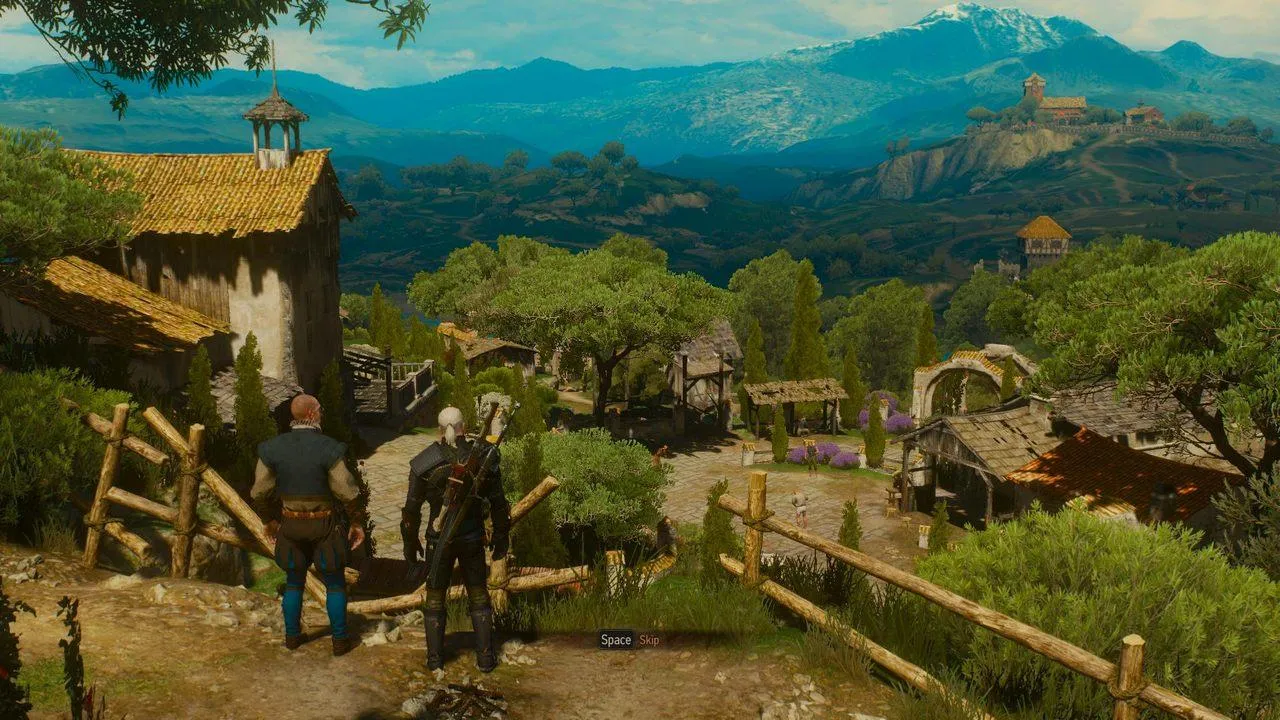 Geralt Fighting
Geralt Fighting
CD PROJEKT RED introduces new gameplay systems, most notably high-level mutations. Rather than simply adding them through a mundane update, they’ve crafted a dedicated questline that explains their presence, enhancing the player experience and adding depth to the skill upgrade system. It also addresses the issue of unused mutagen stockpiles accumulated throughout the game. This system adds replay value to New Game+, offering new ways to tackle challenging foes.
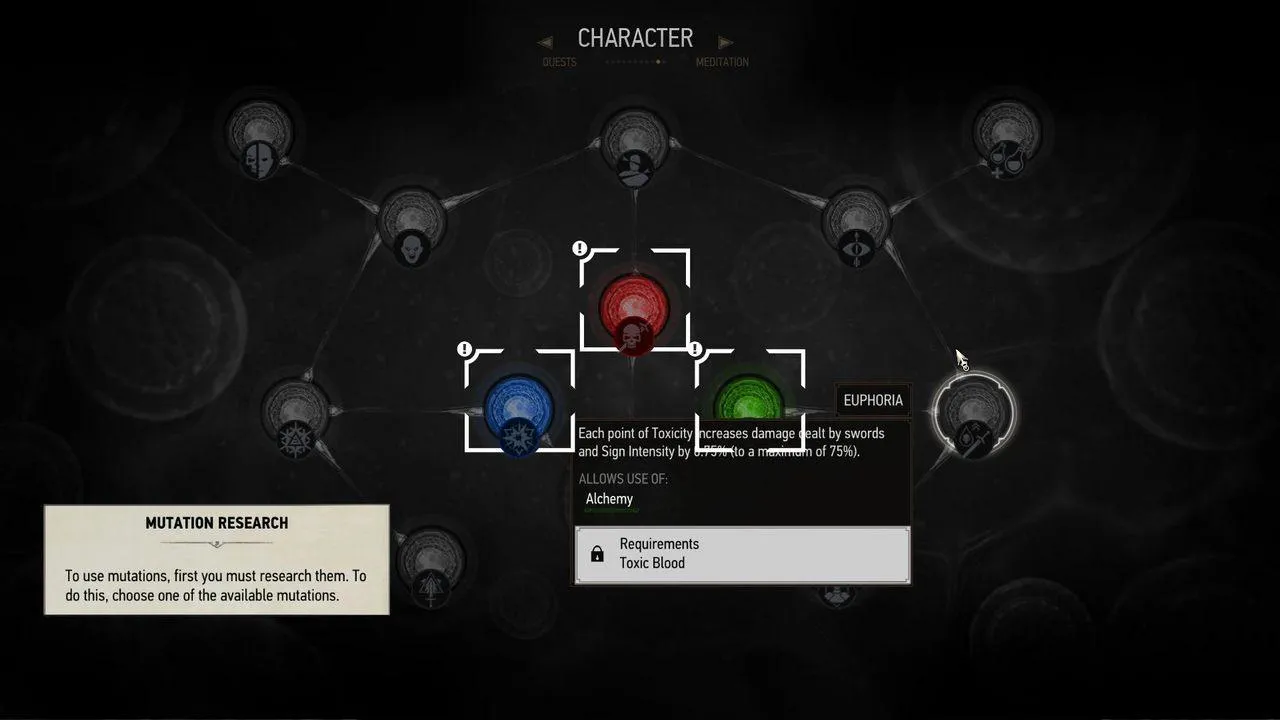 Mutations Menu
Mutations Menu
The base game allowed players to witness the world change based on their actions, encouraging exploration and side quest completion. Blood and Wine expands on this with a new system involving clearing out bandit camps and monster nests. This dynamic system makes the world feel even more alive and responsive.
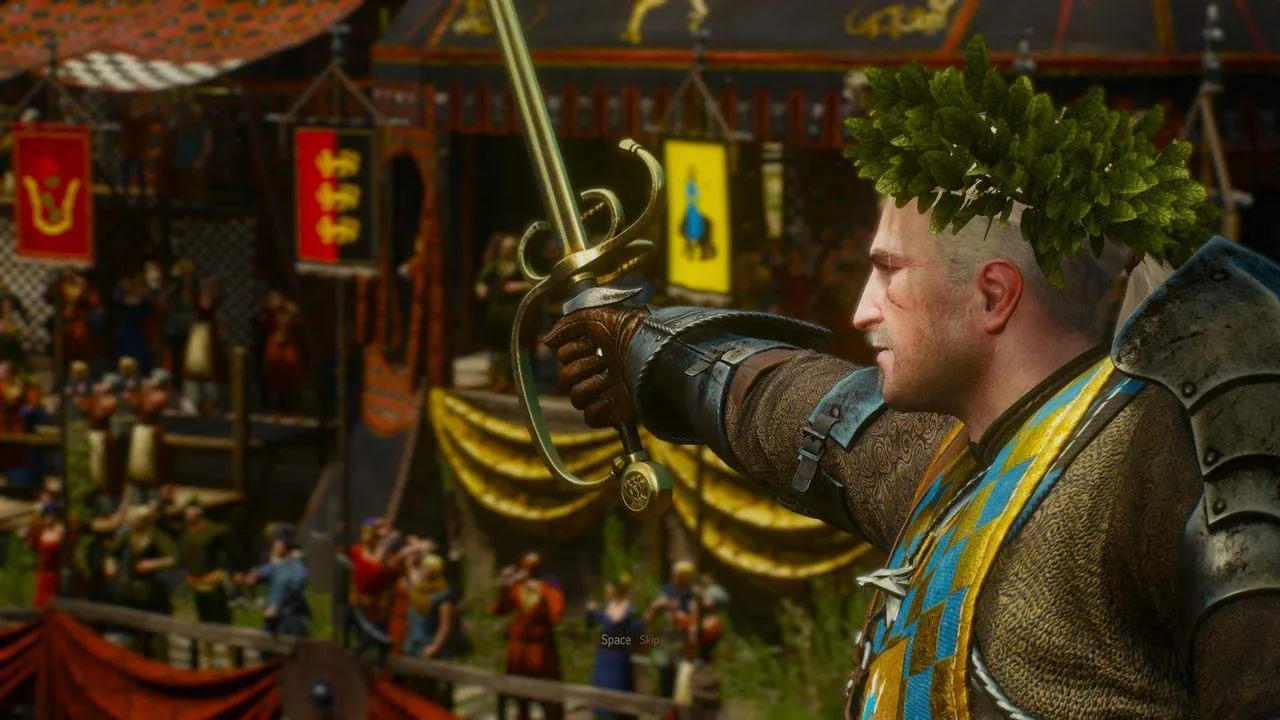 Toussaint Landscape
Toussaint Landscape
Finally, Blood and Wine introduces a new Gwent deck: Skellige. A dedicated questline with new characters and story elements introduces players to this deck. The reward for completing this questline is a solid gold Gwent trophy – a fitting addition to any collector’s inventory.
 Gwent Gameplay
Gwent Gameplay
A Meaningful Conclusion
Unlike the urgency of finding Ciri or the oppressive atmosphere of Olgierd von Everec’s story, Geralt’s journey to Toussaint offers a sense of serenity and closure. Blood and Wine is a meaningful gift to fans, providing respite from the brutal world of the Witcher. This soothing experience allows players to let go and prepare for a new journey: Cyberpunk 2077.
Conclusion
The Witcher 3: Wild Hunt – Blood and Wine is a remarkable expansion that provides a fitting farewell to Geralt’s saga. Its vibrant new setting, engaging quests, substantial content, and meaningful conclusion make it a must-have for any Witcher fan.





Comments (0)